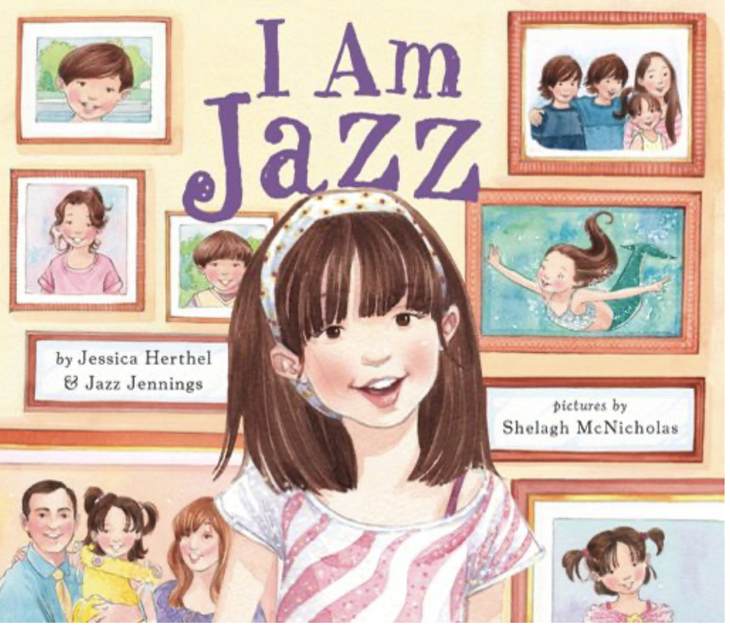On Tuesday, attorneys for the families of nine of the Sandy Hook Massacre victims announced they had reached a $73 million settlement with Remington and its four insurers. Remington manufactured the Bushmaster AR-15 rifle used by 20-year-old mentally unstable Adam Lanza to shoot and kill 26 people — many of them children — in 2012.
There is so much wrong with Remington being made liable for the acts of a monster. Shall we hold Ford Motors liable for Darrell Brooks’ decision to ram a maroon 2010 Escape into a Christmas parade in Waukesha, Wis.? Perhaps Boeing should finally be brought to justice for manufacturing the 767 that Mohamed Atta chose to fly into the North Tower of the World Trade Center.
Let’s look at how the Remington settlement came about. First of all, the situation was favorable to anti-gun activists. It was a sensational case that generated global outrage, it occurred in a dark blue state already hostile to the right to bear arms, and the target, Remington, was already weak.
When the families filed the suit in 2014, the defendants’ attorneys pointed out that Remington was protected by the 2005 federal Protection of Lawful Commerce in Arms Act. But, as USA Today explains, the plaintiffs found a loophole:
The lawsuit tested the scope of the 2005 Protection of Lawful Commerce in Arms Act, which grants gun manufacturers immunity from lawsuits related to crimes committed with their products.
The lawsuit argued the case falls under an exception to PLCAA for manufacturers who knowingly violate a state or federal statute applicable to the sale or marketing of its product. In this case, the families argued Remington’s marketing practices violated Connecticut’s unfair trade practices law.
Sympathetic courts allowed the case to proceed, giving attorneys power to get their hands on masses of internal Remington documents. From there, it was only a matter of sifting through the material and cherry-picking bits that supported the claim in their suit that the manufacturer “knowingly marketed and promoted the Bushmaster XM15-E2S rifle for use in assaults against human beings.”
“This lawsuit shows concretely that this theory is viable as a way that the gun industry can be held to account,” stated David Pucino, a senior staff attorney at Giffords Law Center to Prevent Gun Violence. “And that means gun manufacturers will start to feel more pressure to change their practices and take into account the financial risk of not considering public safety.” He added that “This is going to make executives sit down and review their ads to make sure their marketing practices are responsible.”
Pucino has reason to be hopeful. When was the last time you saw an ad featuring Joe Camel?
I can answer that: it was July of 1997.
You may be shocked to hear this, but Camel parent company Reynolds did what just about every other company that sells just about anything does at some point: it made a marketing decision to attract a young, new audience. On Camel cigarette brand’s 75th anniversary, in 1988, Reynolds launched a fresh campaign that featured hip, happening Joe Camel. It was wildly successful.
But Big Tobacco was already in the puritanical Left’s crosshairs. They commissioned “studies” and obtained internal documents and convinced the legal system that Reynolds was specifically, deliberately targeting children or something. Under a steady barrage of extremely expensive lawsuits, the tobacconist retired their popular marketing mascot. Restricted and much poorer, the brand was thereafter diminished.
Many of us on the Right have been saying that it’s time we started playing by the Left’s rules, since they’re the ones making the rules these days. The Remington case shows us the way forward in some important battles.
The technique is to pursue justice for injured children through civil suits based on state laws and filed in friendly courts.
A great place to start would be holding Big Publishing accountable for pushing sexuality and LGBTQ grooming onto children.
It’s easy to show damages. Regarding LGBTQ youth, it’s long been established that young people with gender identity issues commit or attempt to commit suicide at a shockingly higher rate than children who haven’t been coached to deny basic reality. Sadly, it wouldn’t be hard to find young people or their families who have been harmed by having inappropriate ideology pushed on them as minors.
For Our VIPs: Parents Sue After 12-Year-Old Daughter Attempts Suicide at School—Twice—After Secret Trans Counseling
The next step is to link the damage to the Left-wing book publishers. It’s shockingly easy to find examples of transgender propaganda specifically created for and marketed to children and adolescents. Take as an example Scholastic, a publisher that produces “educational” books for kids. PJ Media journalist Matt Margolis wrote about Scholastic on Monday. He linked to this short video about a cultish LGBTQ child-programming book, George, that is published by Scholastic:
Penguin imprint Dial Books would be another great target. They published I Am Jazz in 2014, which pretty much opened up the floodgates for the transgender kids’ book craze.

Other LGBTQ youth titles even include explicit, pornographic depictions of sexual encounters, even pedophilia. Oni Press published Gender Queer: A Memoir by Maia Kobabe, and Algonquin Books brought us Lawn Boy by Jonathan Evison.
It’s almost a given that a young person who was harmed by transgender ideology had read at least one of these books.
Next, demonstrate the publisher’s liability by determining a state law they’ve broken. Every state has child welfare protection laws. These statutes generally cover not only the child’s physical safety but also his or her mental and moral well-being. For example, in Pennsylvania, committing an act that corrupts the morals of a person under 18 can get you five years and a $10,000 fine.
The magic happens when plaintiffs connect evidence of broken state law with clearly demonstrated damages. As with the Sandy Hook families, these plaintiffs could file civil suits in sympathetic courtrooms. Parents whose teenaged son committed suicide after being exposed to books like I Am Jazz and George and deciding he was transgender can and should sue. Grown women who were taken in by leftist propaganda as children, mutilated and sterilized themselves, and later regretted it can and should sue. The goal is to inflict as much hurt and damage as possible on the offending publisher. Again and again and again. After all, no amount of money will bring back a lost child or destroyed fertility, but victims do have the power to protect other children by making publishers think twice before foisting their poison on anyone else. Ultimately, they will decide it’s just not worth it.
And why stop with children’s book publishers? It’s about time Big Tech was held accountable for their promotion of the same ideological poison to people too young to understand what’s being done to their minds. And when you take into account the massive amounts of money held by the social media platforms, it’s mind-boggling that more lawyers haven’t tried this.
Most of all, though, families who have been harmed by Big Publishing and Big Tech’s corruption of children would have the satisfaction of holding them accountable.










Join the conversation as a VIP Member